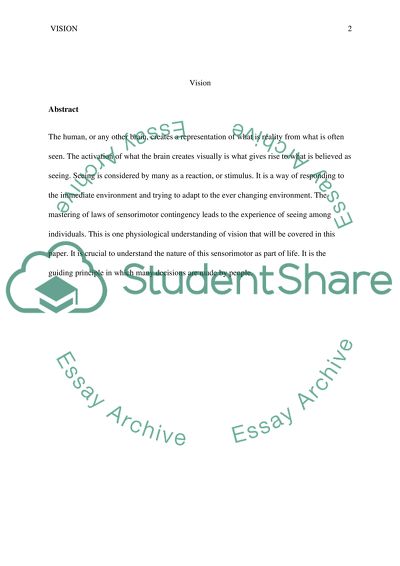Cite this document
(“Vision as a Sensorimotor in Everyday Life Research Paper”, n.d.)
Retrieved from https://studentshare.org/psychology/1457263-vision
Retrieved from https://studentshare.org/psychology/1457263-vision
(Vision As a Sensorimotor in Everyday Life Research Paper)
https://studentshare.org/psychology/1457263-vision.
https://studentshare.org/psychology/1457263-vision.
“Vision As a Sensorimotor in Everyday Life Research Paper”, n.d. https://studentshare.org/psychology/1457263-vision.


